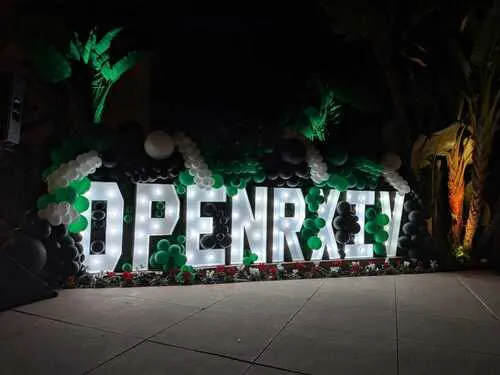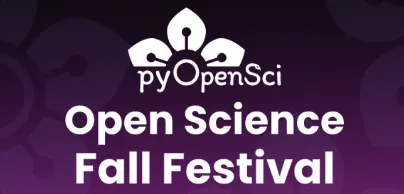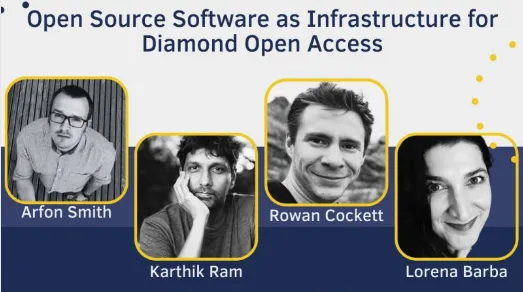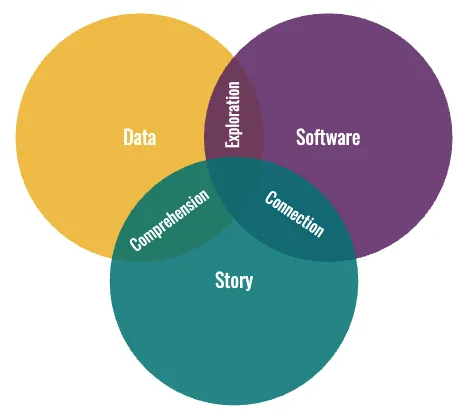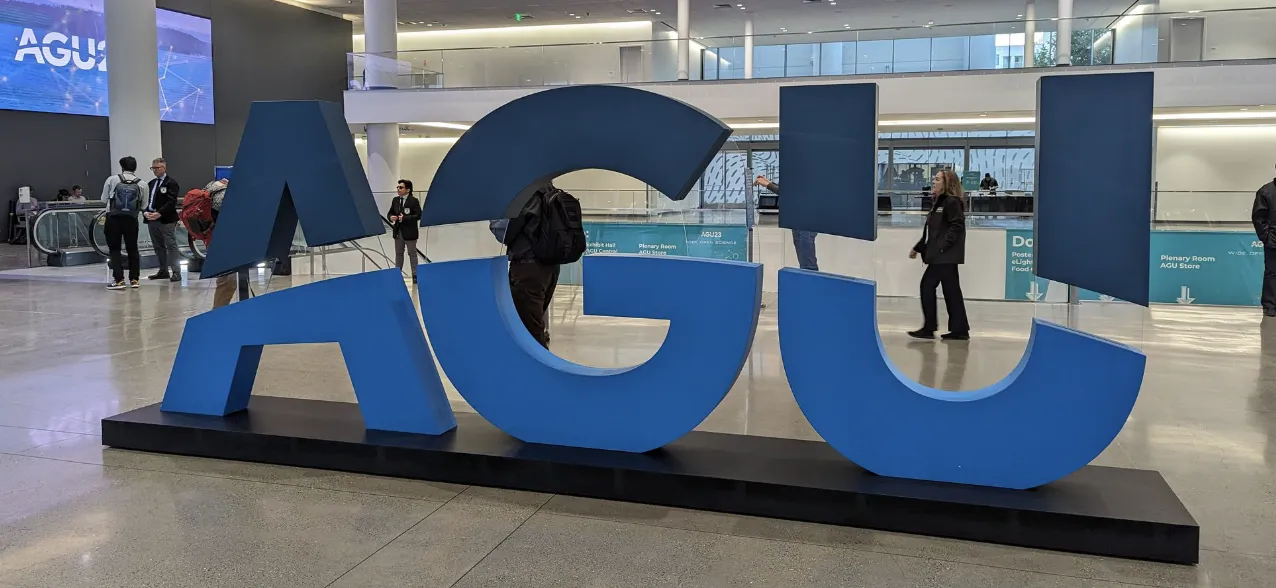Future of Research Communication & Collaboration
Ideas from FORCE11 & tools from Curvenote
April 20, 2022
Scientific communication today is designed around print documents and paywalled access to content. Over the last decade, the open-science movement has accelerated the use of pre-print services and data archives that are vastly improving the accessibility of scientific content. However, these systems are not designed for communicating modern scientific outputs, which encompasses much more than a “paper-centric model of the scholarly literature”.
In this presentation, we will give a background on challenges with today’s tools for research communication & collaboration, and present a vision for the future that follows the FORCE11 recommendations Bourne et al., 2012. Specifically: (1) rethink the unit and form of scholarly publication; (2) develop tools and technologies to better support the scholarly lifecycle; and (3) add data, software, and workflows as first-class research objects.
We will discuss these recommendations in the context of (a) the ExecutableBooks community and new markup languages for scientific communication; (b) a collaborative writing tool called Curvenote that integrates with Jupyter Notebooks, and (c) new publishing tools that support networked scientific communication throughout the scholarly lifecycle.
Excerpts from FORCE11:¶
“We see a future in which scientific information and scholarly communication more generally become part of a global, universal and explicit network of knowledge; where every claim, hypothesis, argument—every significant element of the discourse—can be explicitly represented, along with supporting data, software, workflows, multimedia, external commentary, and information about provenance.”
“This vision moves away from the paper-centric model of the scholarly literature, towards a more distributed network-centric model” that “vastly improves knowledge transfer and [has a] far wider impact.”
Bourne et al., 2012
Bio¶

Rowan completed his PhD in Geophysics at the University of British Columbia, Canada, in 2017. His PhD laid out a framework for geophysical inversions (SimPEG!) and applied it to large-scale, vadose-zone groundwater flow. Currently, Rowan works at Curvenote, a company that sits at the intersection of scientific collaboration, publishing, and technology and provides tools for writing and collaborating on technical documents. Rowan founded Curvenote in 2020, with the mission to help get scientific communication out of PDFs and onto the web — the way we communicate scientific knowledge should evolve past the status quo of print-based publishing and all the limitations of paper. He is a core team member of the ExecutableBooks community, which supports MyST Markdown and JupyterBook.
